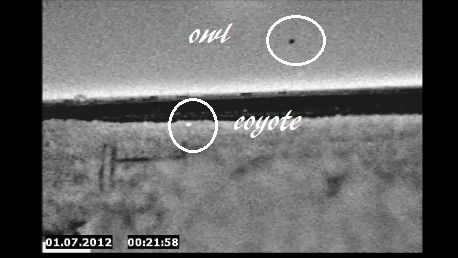So I got out and did a little bit of calling last night with my new NV setup and realized I have a lot to learn. One is that I'm going to need a IR illuminator. It was pretty cloudy and dark last night and it was pretty tough to get very good visibility where I was calling. To top that off, the IR light on my weapon mounted device was blocked by the frame of my Eotech and was rendered useless.
Do animal's eyes reflect from IR light?
What kind of setup are you guys running for hunting predators at night? Are you using weapon mounted NODs or helmet mounted? I used a weapon mounted setup and found that it was a real PITA to scan the area with the rifle. I'm sure scanning with a FLIR would be the way to go but that is not within my reach at the moment.
Is it more difficult to get an accurate shot using a IR laser? Would a weapon mounted setup be more conducive to accuracy?
Please share any useful information you could think of in terms of hunting with NODs. I would greatly appreciate it.
Do animal's eyes reflect from IR light?
What kind of setup are you guys running for hunting predators at night? Are you using weapon mounted NODs or helmet mounted? I used a weapon mounted setup and found that it was a real PITA to scan the area with the rifle. I'm sure scanning with a FLIR would be the way to go but that is not within my reach at the moment.
Is it more difficult to get an accurate shot using a IR laser? Would a weapon mounted setup be more conducive to accuracy?
Please share any useful information you could think of in terms of hunting with NODs. I would greatly appreciate it.








